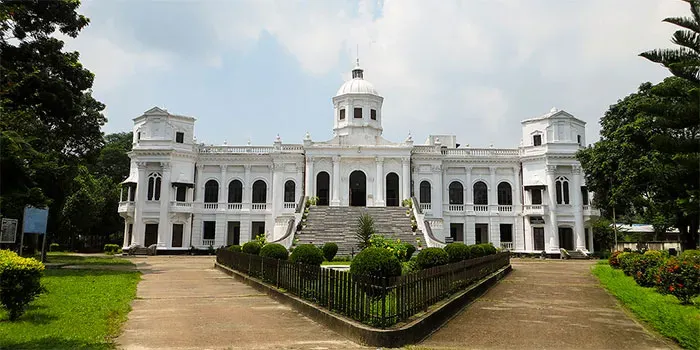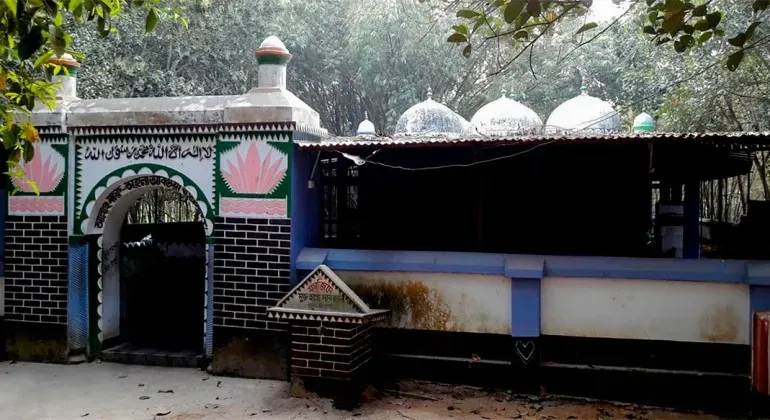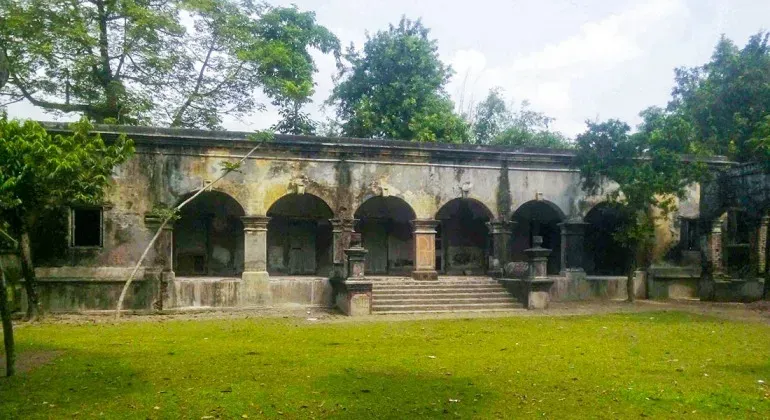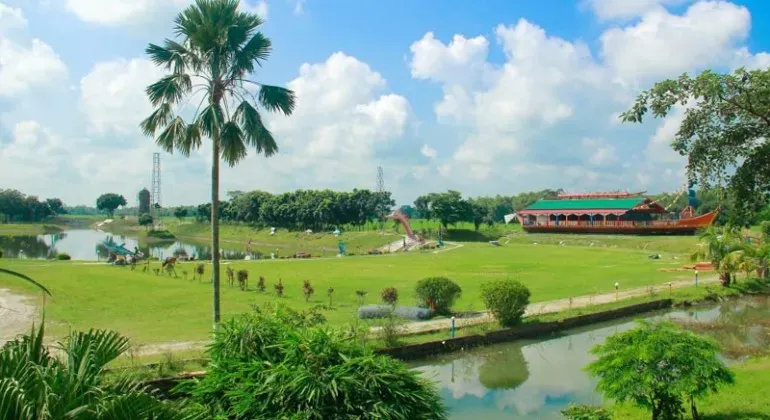
Tajhat Palace Rangpur
RangpurShafayet Al-Anik
·3 December 2024
Introduction to Tajhat Palace Rangpur
Tajhat Zamindar House and Rangpur Museum Visit Schedule
Ticket price for entry to Tajhat Zamindar House and Rangpur Museum
how to go
Where will you stay in Rangpur?
where to eat
Related Post
Laldighi Nine Dome Mosque Rangpur
The historic Laldighi Nine Dome Mosque is located in Laldighi area of Gopinathpur union, about 10 ...
Shafayet Al-Anik
•
17 December 2024
Devi Chowdhuryan Palace Rangpur
Devi Chowdhuryan Palace is located near Pirgacha Upazila Office and Pirgacha Railway Station of Rang ...
Shafayet Al-Anik
•
22 December 2024
Vinnojogot Amusement Park
VinnyaJagat Amusement Park was established in the year 2001 over an area of about 100 acres in Khl ...
Shafayet Al-Anik
•
13 December 2024
 CholoZai
CholoZai
CholoZai is an easier hotel booking platform in Bangladesh, We are trying to making travel simple and accessible for everyone. Choose CholoZai for a hassle free hotel booking experience.
Need Help ?
We are Always here for you! Knock us on Whatsapp (10AM - 10PM) or Email us.



